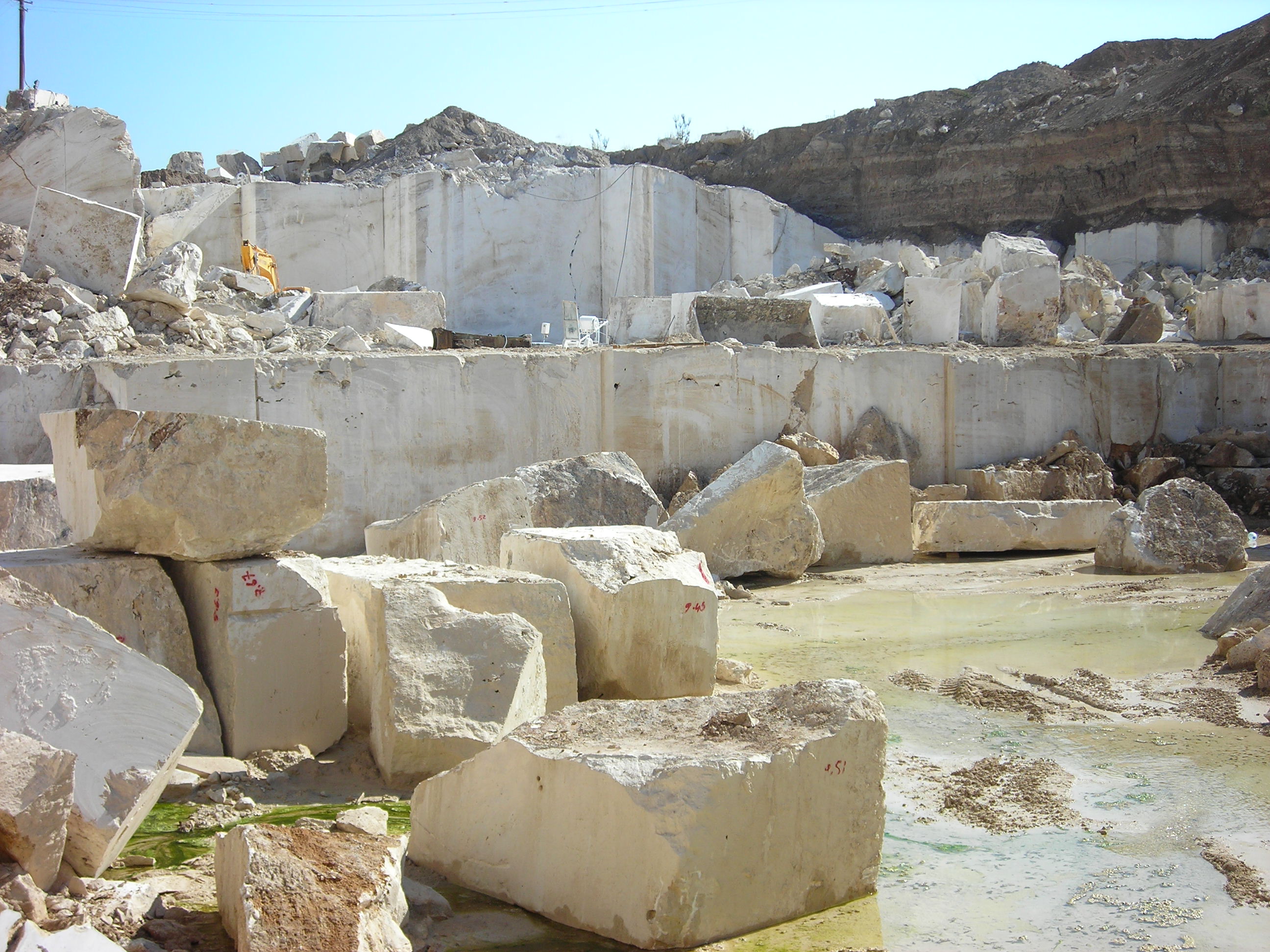The Iranian decorative stone sector is currently going through a rough patch. Of the 6,500 stone processing units in the country, about 500-2,000 have gone out of business in recent years.
The production and processing volumes are low and the need for boosting exports is felt more than ever, according to Tehran Chamber of Commerce, Industries, Mines and Agriculture’s monthly publication Ayandenegar.
Iran's nominal stone production capacity stands at 27 million tons per year. Yet, in the last Iranian year (March 2016-17), only 10 million tons of stones were produced in the country. In other words, the volume of production was about 63% less than the nominal capacity.
There are 2,000 licensed stone mines across the country, half of which is inactive. More and more mines are going out of business due to insufficient production.
On the other hand, the nominal capacity of the processing sector is about 160 million square meters per year. With the decrease in production and many mines out of the picture, the production capacity of processing units has also decreased to 60-70 million square meters per year.
If the downtrend continues and more mines become inactive, processing units will be hit hard as they will face shortage of raw materials.
Speaking of one of the most important ongoing issues in Iran's stone industry, Ahmad Sharifi, secretary-general of Stone Association of Iran, said the Ministry of Industries, Mining and Trade believes small mines do not deserve much attention as they are scattered across the country and supervising them is problematic.
"The ministry tends to focus more on big mines. In contrast, the Stone Association of Iran thinks small mines should be developed and turned into medium-sized mines," he said.
"The association says since small mines are generally located in underprivileged and rural areas, they help local people find jobs. If the government ignores these mines, inhabitants of these areas will leave for cities, leading to migration from these regions."
Iran's decorative stone industry has currently provided about 300,000 direct and indirect jobs.
Far-Fetched Goals
The Stone Association of Iran has set a target of raising Iranian stone product exports to $2.4 billion by March 2021.
Nominal capacity and actual production are projected to reach 50 and 28 million tons respectively by the set date.
Some 4.5 million tons of the predicted 28-million-ton actual production are to be allocated to exports. However, considering the downtrend in production and the recession in the market, these goals seem extremely unrealistic.
Regarding the processing sector, plans have been made to increase processing to 180 million square meters per year, which requires the annual extraction of 20 million tons of stones. This sounds like another far-fetched target, taking the low production and shortage of raw materials into account.
Untapped Potential
Iran's ornamental stone industry has a great advantage, given the rich reserves of a wide range of stones across the country. Nonetheless, the industry's international profile is dismal.
Iran is home to 2.5 billion tons of ornamental stone reserves, which figure is expected to reach 4 billion tons when probable reserves are added. The global construction and ornamental stone reserves stand at 70 billion tons.
Turkey, India, China, Italy and Brazil are Iran's biggest rivals in this industry. However, Iranian stones are way ahead of the rivals in terms of diversity and quality. According to Abolqasem Shafiei, the head of Stone Association of Iran, the annual export of construction and ornamental stones stands at $250 million, of which $200 million belong to unprocessed and $50 million to processed stone products.
"The cost of Iranian processed stones is high compared to foreign counterparts, which has caused a major problem when competing in global markets," IRNA quoted Shafiei as saying.
"The Ministry of Industries, Mining and Trade has revoked licenses for exporting unprocessed stone, eliminating the sector's share in the country's export growth."
Decorative stone exports were banned back in 2006 to put an end to the sale of unprocessed minerals. This dealt a serious blow to the sector’s standing in international markets. Although the measure was eventually revoked, experts believe the industry has yet to regain the markets it lost.


